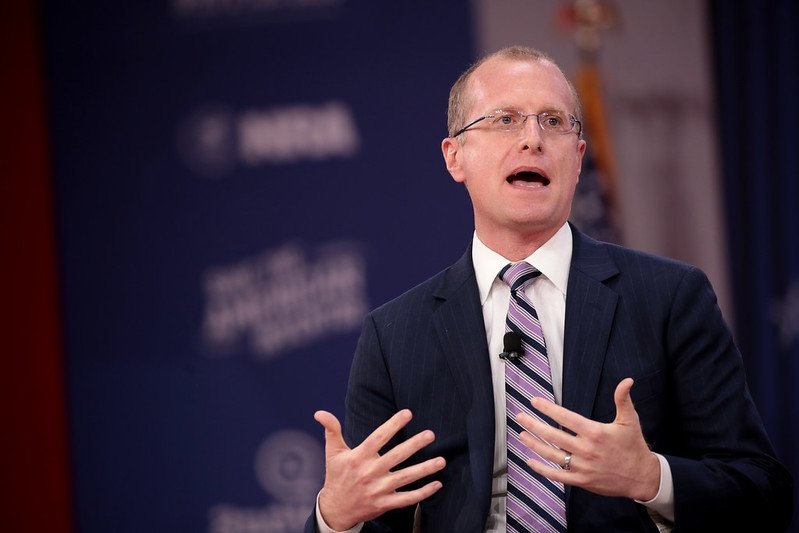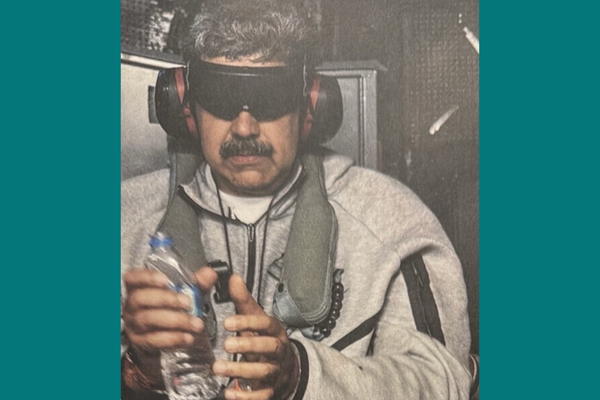Let’s Make the End of CPB the Start of Public Media’s Revival
The fight for public media’s future is a fight for democracy and against authoritarianism

My personal history with the Corporation for Public Broadcasting is mostly one of being shown the door.
It just kept happening. I’d meet an eager CPB staffer at some conference. We’d excitedly share ideas after a panel about supporting local journalism, expanding community radio or funding diverse documentary filmmakers. We’d make plans to meet up back in D.C.
But when I’d show up at their office, inevitably CPB’s lobbyist would join us. And after a few pleasantries, I’d find myself being escorted back out to the street, thanks for coming and all. The message was clear: Public broadcasting wasn’t interested in changing, and they didn’t want my help.
Even as storm clouds gathered over public media with Trump’s return to power, public broadcasting’s old guard didn’t want anything to do with activists, even if we were on their side. When I last testified in Congress against funding cuts and false claims of bias at NPR, I heard more feedback from the American Enterprise Institute than from CPB.
When I spoke in March at a rally for public-media workers outside NPR headquarters, it got more coverage from Sinclair than on public radio. While people in the building lined up at the windows, the only official message that came out was not in solidarity but from security: “Stay on the sidewalk.”
Missed opportunities
These memories and complaints may just be frustrations that we couldn’t — or didn’t — do enough to save public broadcasting, and not just in these whirlwind last few months with Congress overrun by pro-Trump zombies. In the years and decades before, there were so many missed opportunities to channel the public’s broad support of public media to reinvent and reimagine the system altogether, not just prop up and cling to the institutions we already had.
After a few days of sitting with the announcement that CPB is “winding down” operations this fall — following the July vote in Congress to claw back $1.1 billion in committed funding — I’m still sad and angry. Many dedicated public servants are losing their jobs. Stations are already making cuts, and many won’t survive without federal support.
In just six months, the Trump administration and its legislative lackeys have trashed decades of democracy-building work. The cost of their decisions is almost incalculable in terms of lost opportunities, untold stories, closed minds — and yes, the lives of people who won’t hear about the next earthquake, wildfire or tsunami before it’s too late.
But the possibility and promise of public media is still worth defending. There’s a day coming in the not-too-distant, post-Trump future, when we will have the chance to rebuild. When that moment comes — and it may be a fleeting one — we’ll need to be ready with new blueprints and a vision that goes far beyond what we just lost.
Public media worth fighting for
For all my vexation with D.C. institutions, working with community and public media outside the Beltway is a totally different story. Journalists, broadcast engineers, local station managers and community media-makers have always shown up and spoken out. And most importantly, they kept doing the work: covering disasters, uncovering corruption and giving the mic to local voices, with local accents, to tell local stories.
There are so many examples of the public good that public media is capable of providing: from NPR’s investigations into DOGE wrongdoing, to Blue Ridge Public Radio’s coverage of Hurricane Helene and its aftermath or Connecticut Public Radio’s series on the hidden history of slavery in the state.
Of course, the best work isn’t just coming from traditional broadcasters. The fight for public media must also include getting more support for all kinds of community media and nonprofit newsrooms that CPB never helped but should have. Outlets like City Bureau, Documented and Deep South Today are experimenting with new forms of public engagement and breaking new ground with powerful investigative journalism. These are public media outlets, too, or should be.
To their credit, public broadcasters have provided some of the best coverage of public broadcasting’s demise. After the vote in the Senate, I went on Rose Aguilar's KALW show in San Francisco with Loris Taylor of Native Public Media and Peggy Berryhill of KGUA, a community radio station on the California coast, to discuss the rural and Indian Country stations the cuts threaten the most. Talking with them was such an inspiring reminder of what public media can be.
I hope the next time we gather it will be for a revival and not a wake.
How we rebuild now
Public broadcasting is far from perfect, and for too many years, the leadership of institutions like CPB, NPR and PBS has tried too hard to placate the politicians committed to their destruction. Standing in the rubble, it’s all too easy to despair and retreat further. Demolition is so much easier than reconstruction, and the Trump regime is hoping to shatter things beyond repair.
At a time when we’re being told we have to settle for less, we should actually be asking for more. The crisis in journalism and the ongoing dismantling of our democracy call for a fundamental rethinking of what public media can be if we fund it at even a fraction of what leading democracies spend.
The fight for public media’s future can’t just be about saving one show, one station, a single government agency, or piecing back together what we used to have. The next fight must be about bringing together and mobilizing a broader community of public-media-makers and allies, planting deeper local roots, and never abandoning diversity and equity when it's under attack. The right has weakened and watered-down public media for too long. The way forward is making the system more accountable and responsive to the public that willingly funds it.
A public media worthy of broad public support — and billions of dollars — must focus on civic media, community engagement and accountability journalism. Investing in local voices and giving people the tools to tell and amplify their own stories is the answer to the journalism crisis and the antidote to disinformation. We must protect the public airwaves while challenging ourselves to find new ways to distribute content and reach audiences that don’t rely on secret algorithms and the whims of tech billionaires.
Most of all, we must recognize that the fight for public media’s future is a fight for democracy and against authoritarianism. Healthy democracies invest in public media — and right now ours is on life support. It will take years of organizing to rebuild what the Trump regime has demolished in just a few months. While I wouldn’t have chosen this path, we now have the chance to recreate something even better.
When one door closes, they say, sometimes you have to bring a lot of people to push another one open. Let’s make a plan and meet on the sidewalk.
Wonky but worth it
Free Press today filed a 93-page takedown of the Federal Communication Commission’s latest attempt to weaken media ownership limits, slamming Chairman Brendan Carr for ignoring the law and the First Amendment.

The nation’s largest broadcasters want to eliminate the longstanding cap that prohibits local TV broadcast chains from reaching more than 39 percent of the country. This cap was set by Congress — and it should take an act of Congress to change it. But that’s a bad idea. Despite industry claims, local TV broadcasting is still incredibly profitable, and history shows that more consolidation like this leads to less — not more — local news.
Opening the floodgates to more industry mergers is an especially dangerous idea under an administration that wants to replace news everywhere with pro-Trump propaganda.
“With this proceeding, Chairman Carr is placing a for-sale sign on the public airwaves and inviting media companies to monopolize the local news markets as long as they agree to display political fealty to Donald Trump and the MAGA movement,” says S. Derek Turner of Free Press. “The price broadcast companies have to pay for consolidating further is bending the knee, and the line starts outside of the FCC Chairman’s office. Trump’s autocratic demands seemingly have no bounds, and Carr apparently has no qualms about satisfying them.”
Free Press also joined with 15 other leading press freedom groups, including The News Guild CWA, Reporters Without Borders-USA and the Society of Professional Journalists, on a letter to the FCC opposing further media consolidation and the impact it would have on “the independence of the nation’s press and the vitality of its local journalism.”
Allied forces
You shouldn’t start a media and tech newsletter without acknowledging those who have paved the way. Kevin Taglang of the Benton Institute for Broadband and Society has been blessing my in-box with daily headlines and analysis for decades. He’s also a kind and generous colleague who always lifts up the work of allies. His teammates wrote this lovely tribute in honor of his 30 years (!!!) at Benton and his indispensable work. Happy anniversary, Kevin!
The kicker
“You will search the dominant media largely in vain for reporting that tells the truth about the fading of the American dream. So it’s up to you to remind us that democracy only works when ordinary people claim it as their own. It’s up to you to write the story of an America that leaves no one out.” — Bill Moyers, as quoted in A More Perfect Media
About the author
Craig Aaron is the co-CEO of Free Press and Free Press Action and a guy with two first names. Follow him on Bluesky.






